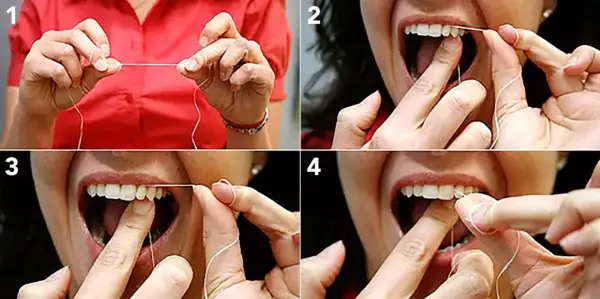Recommended Toothbrushes
A review of recent studies concluded that electric toothbrushes with circular bristle heads that rotate in alternating directions are better at removing plaque and reducing the risk of gum disease than ordinary manual toothbrushes. Many studies suggest them to be the best dental hygiene practices.
Over the short term of one to three months, the rotating brushes reduced plaque by 11 percent over manual toothbrushes and reduced the signs of gingivitis, or gum inflammation, by six percent over the regular brushes, according to Peter Robinson of Sheffield University in Sheffield, England, and colleagues. The electric brushes reduced gingivitis by 17 percent over the manual brushes after more than three months’ use.
The researchers found no evidence that electric brushes of any kind caused more gum damage than manual brushes. Despite the better performance by the rotating electric brushes, the benefits of regular brushing “occur whether the brush is manual or electric, and the results of this review do not indicate that tooth brushing is only worthwhile with an electric toothbrush,” the researchers write.
Dental Flossing Technique
Proper flossing removes plaque and food particles in places where a toothbrush cannot easily reach — under the gum line and between your teeth. Because plaque build-up can lead to tooth decay and gum disease, daily flossing is highly recommended.
- To receive maximum benefits from flossing, use the following proper technique:
- Starting with about 18 inches of floss, wind most of the floss around each middle finger, leaving an inch or two of floss to work with.
- Holding the floss tautly between your thumbs and index fingers, slide it gently up-and-down between your teeth.
- Gently curve the floss around the base of each tooth, making sure you go beneath the gum line. Never snap or force the floss, as this may cut or bruise delicate gum tissue
- Use clean sections of floss as you move from tooth to tooth.
- To remove the floss, use the same back-and-forth motion to bring the floss up and away from the teeth.

There Are Two Types Of Floss From Which To Choose
Nylon (or multifilament) floss
PTFE (monofilament) floss
Nylon floss is available waxed and unwaxed and in a variety of flavors. Because this type of floss is composed of many strands of nylon, it may sometimes tear or shred, especially between teeth with tight contact points. While more expensive, single filament (PTFE) floss slides easily between teeth, even those with tight spaces, and is virtually shred-resistant. When used properly, both types of floss are excellent at removing plaque and debris.
RECENT STUDIES HAVE SHOWN THE WATERPIK TO BE MORE EFFECTIVE THAN DENTAL FLOSS